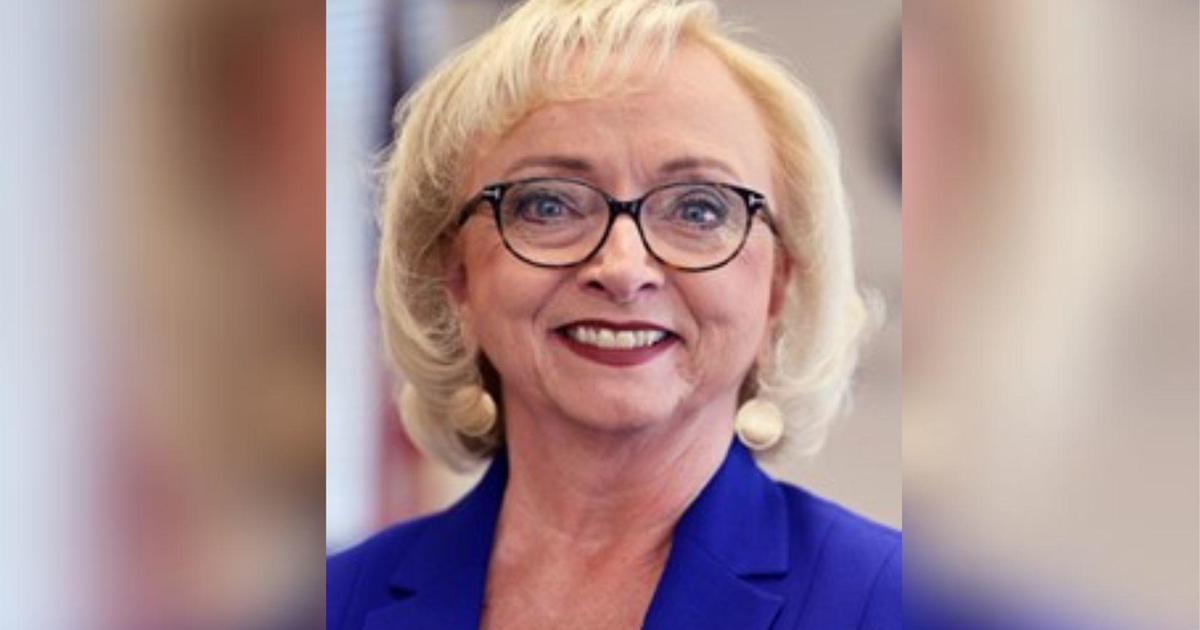Hungarian Embassy Gets Gift Of Sword From Family
By NICHOLAS C. STERN
The News-Post of Frederick
JEFFERSON, Md. (AP) -- Matthew Young did not anticipate finding a treasure when he searched family artifacts to bring to a World War II history event with his Boy Scout troop.
Maj. Joseph A. Guiffre, his great-grandfather, helped with reconstruction projects in Munich, Germany, after the war, including rebuilding the utility systems.
Matthew's grandmother, Marie Young-West, kept a box filled with her father's wartime memorabilia, and she lent it to Matthew and his father, David Young, about four years ago for the Scout event.
As Matthew rummaged through his great-grandfather's wartime memorabilia, he noticed a wooden sword case and opened it up.
"I was like, `Where did this come from?"' he said.
Inside the case were a saber and scabbard, both adorned with gold and semi-precious stones and covered with elaborate engravings and carvings.
Among the inscriptions on the ivory-handled sword, the name Istvan Szechenyi appeared on the curved blade.
Matthew searched the Internet and discovered Szechenyi was a count and renowned Hungarian politician, statesman and writer who died in 1860.
After talking to family members, including his grandmother and some of her siblings, he learned more about how his great-grandfather came to acquire the sword in post-World War II Germany and his intention that it be returned to the Hungarian people.
On Friday, Young and several of his relatives gathered at David and Patricia Young's residence, set to fulfill Guiffre's request by giving the sword to Hungarian officials in a ceremony at the Hungarian Embassy in Washington. An event after the ceremony honored the 165th anniversary of the Hungarian Revolution and Freedom Fight in 1848-49.
Andras Szorenyi, political and public affairs officer with the Embassy of Hungary, said in an email the saber is a ceremonial sword that dates back to the 19th century, and is therefore an important part of Hungarian history.
"The experts need to do further research to link it to a specific event or period of time but we appreciate the symbolic value of receiving it from Mr. Young," Szorenyi wrote. "It is a good example of the excellent people-to-people relations between our countries. ... We will do our best to find the most fitting venue for the sword to be displayed and contribute to telling Hungarian history."
"I'm so excited about this, I can't see straight," Marie Young-West, Guiffre's daughter, said Friday as the family prepared to hand over the sword. "There's also a little bit of sadness with it going away."
Guiffre led an artillery unit and then worked as an engineer in the Allied occupation and reconstruction of Germany, according to Young-West and Matthew's father, David Young. German citizens at the time were required to turn over any weapons to the Allied forces.
In 1945, a German gave the saber to Guiffre. According to various family stories, the German may have been a Nazi or someone who recovered the sword from Nazi war plunder; nothing has been confirmed, Young-West and David Young said.
Guiffre wanted to return the sword to the Hungarians. He grew weary, however, of the idea when he saw potential problems with the Russians, who took control of Hungary after the war, and held it until 1989, David Young said.
After Guiffre returned to the United States, the sword went to a museum in Vermont, where he lived, and was later handed back to the family, Young-West said.
From time to time, Guiffre would take out the sword and talk about returning it, but he mostly kept silent about his wartime experiences, she said. He died in 1963, and the sword passed to his six children, who kept it and Guiffre's other artifacts in storage.
After Matthew's prodding, David Young said he emailed the Hungarian Embassy several months ago and initially got no response. He then emailed the entire embassy staff and heard back in about a half-hour.
A Hungarian Embassy member came to the house in January and took many photographs of the sword to verify its authenticity, Young said.
Young-West said she was glad the sword's ownership was finally coming full circle.
"It shows what character my father had," she said. "He knew it had historical and monetary value, but he wanted us to do what we could to get it back to the Hungarians."
The origin of the sword remains unclear, David Young said, but the Hungarian officials told him it appears authentic and possibly ceremonial.
In addition to the engraving of Count Szechenyi's name, the year 1848 is also there, which is when the Hungarian Revolution began.
The sword also bears the Cross of Lorraine, a symbol carried during the Crusades by the Knights Templar and adopted as Hungary's coat of arms by St. Stephen, who spread Christianity through the region and is considered the nation's first king, according to catholic.org.
Apart from the ivory handle, the saber and its scabbard are plated with gold and adorned with polished garnet and turquoise stones.
An inscription in Latin translates to "If God is for us, who is against us."
(Copyright 2013 by The Associated Press. All Rights Reserved.)



